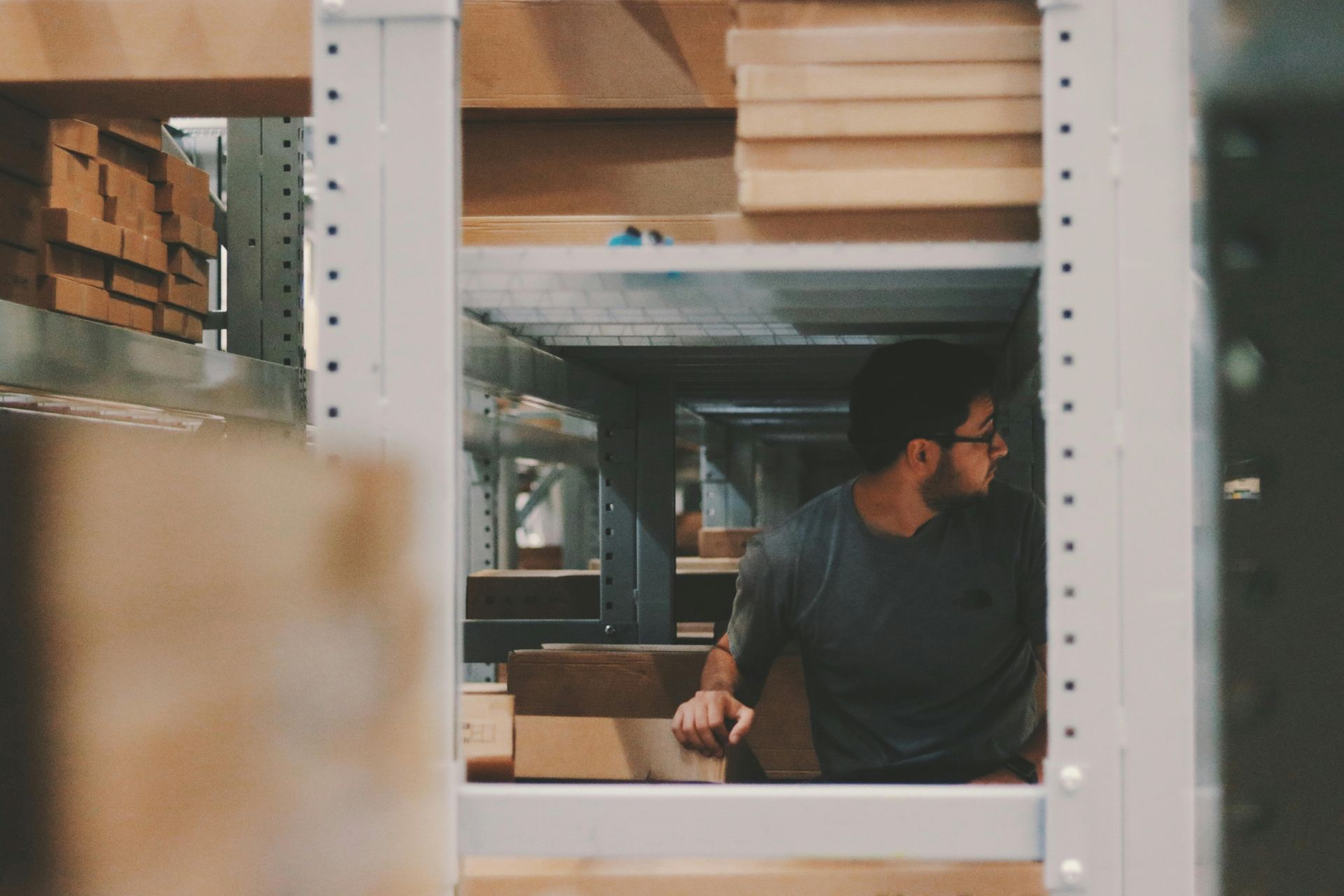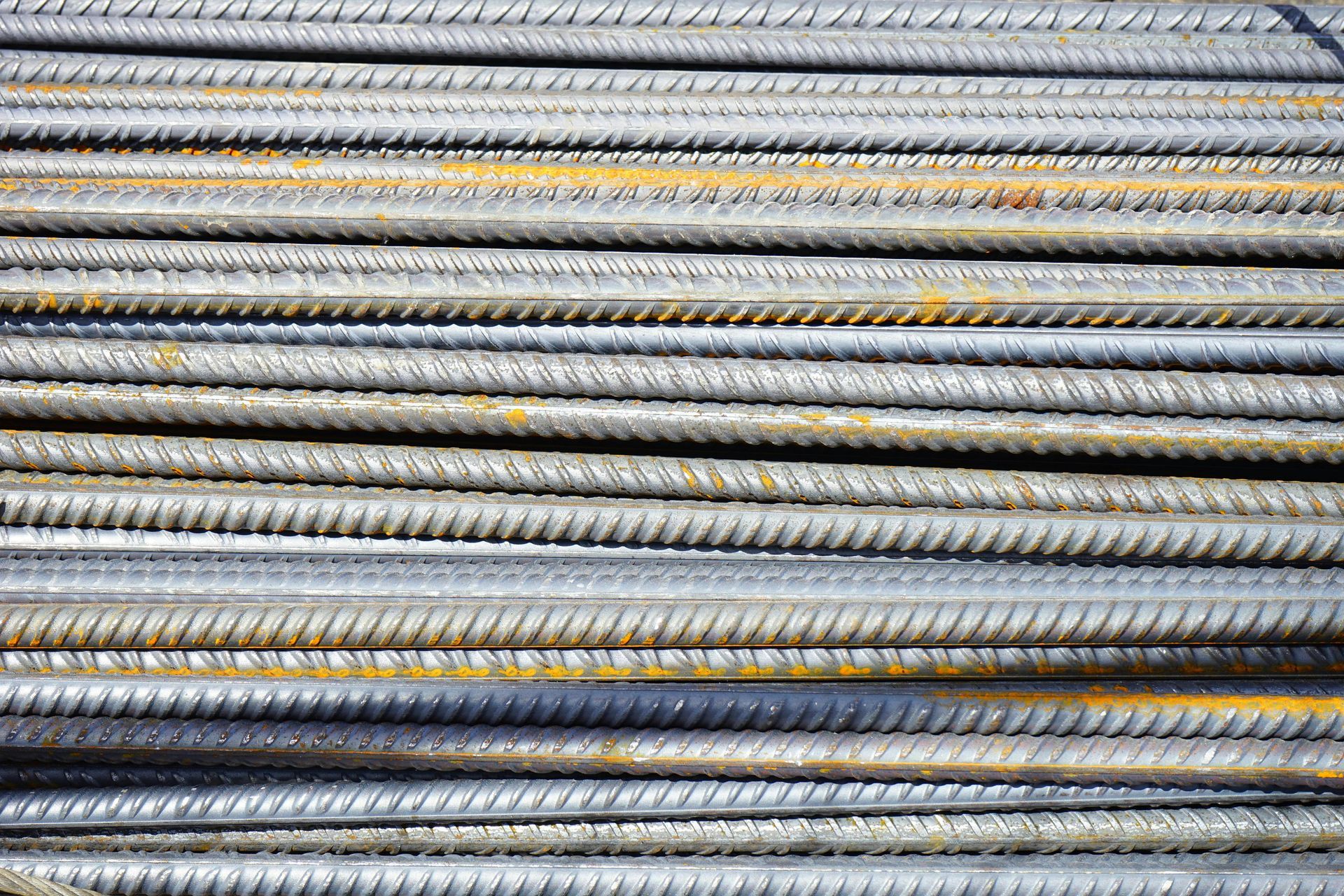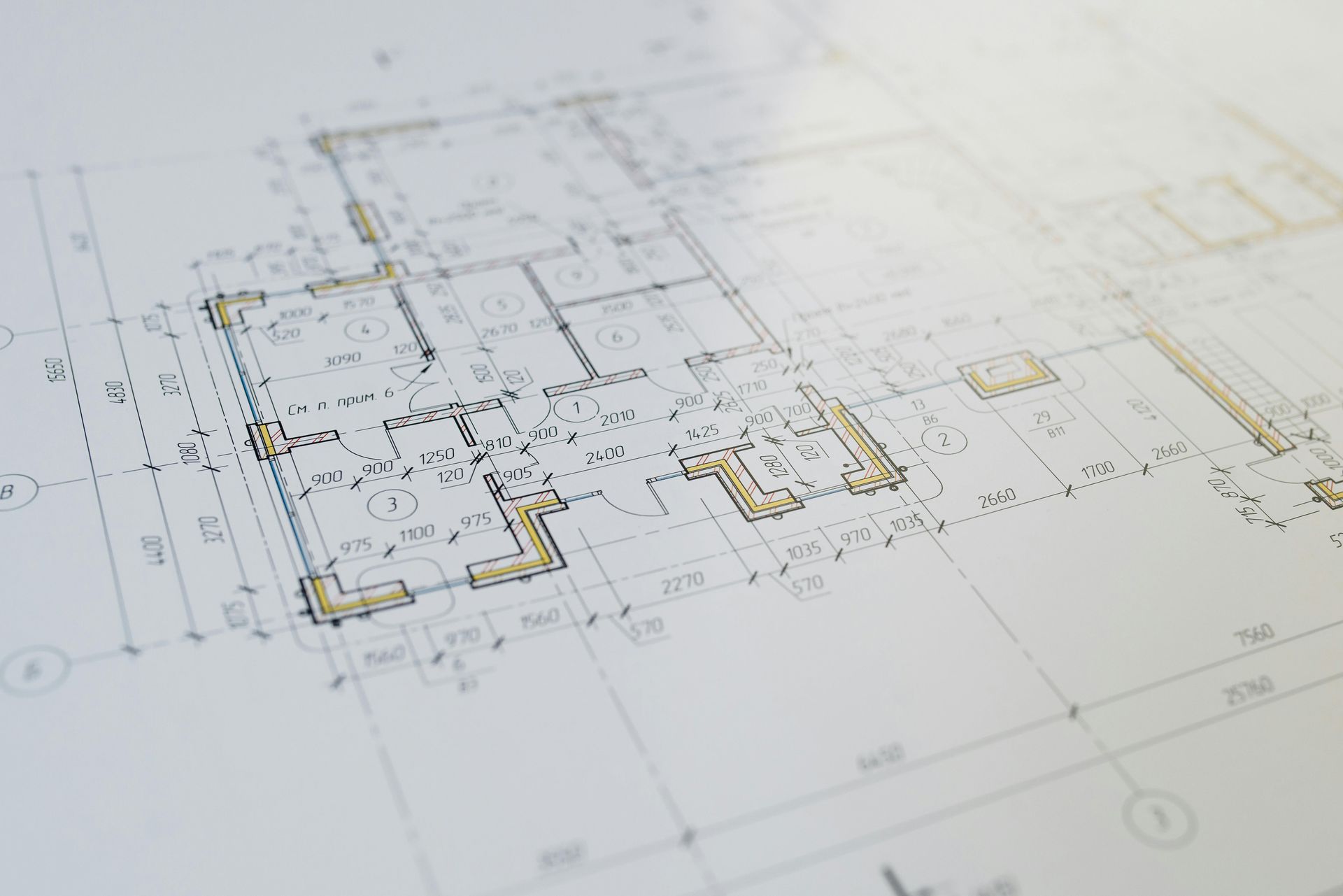Indoor Air Quality in MDUs: Creating Healthier Urban Living Spaces
Indoor air quality is often overlooked when considering the design and functionality of urban housing, but it plays a crucial role in residents' overall health and well-being. In Multiple Dwelling Units (MDUs), where many people share the same building, maintaining clean and healthy indoor air can be particularly challenging. Poor indoor air quality can lead to a range of health issues, from respiratory problems to headaches and fatigue, making it essential for developers and property managers to prioritize air quality in MDUs.
In this blog post, we will explore the importance of indoor air quality in MDUs, the factors that affect it, and the strategies that developers can use to improve it. By creating MDUs with healthier indoor environments, we can enhance the quality of life for urban residents and promote well-being in our cities.
Understanding the Importance of Indoor Air Quality
The quality of the air we breathe has a significant impact on our health, especially for those who spend a large portion of their time indoors. Poor indoor air quality is linked to a variety of health problems, including allergies, asthma, respiratory infections, and even cardiovascular issues. In MDUs, where residents share common spaces and air circulation systems, maintaining good air quality is vital for ensuring the health and comfort of all occupants.
- Health and Well-Being: Poor indoor air quality can lead to both short-term and long-term health effects. Short-term effects include headaches, dizziness, and irritation of the eyes, nose, and throat, while long-term exposure can contribute to chronic respiratory conditions and cardiovascular disease. Children, the elderly, and individuals with pre-existing health conditions are particularly vulnerable to poor air quality.
- Comfort and Quality of Life: Good indoor air quality is essential for residents' comfort and quality of life. Stale or polluted air can make living spaces feel stuffy and uncomfortable, leading to decreased satisfaction with the living environment. Fresh, clean air, on the other hand, can create a more pleasant atmosphere, making residents feel more comfortable and at ease in their homes.
Factors Affecting Indoor Air Quality in MDUs
Several factors can affect indoor air quality in MDUs, including building materials, ventilation systems, and residents' activities. Understanding these factors is key to identifying ways to improve air quality and create healthier living environments.
- Building Materials and Furnishings: Many building materials, paints, and furnishings release volatile organic compounds (VOCs) into the air. VOCs are harmful chemicals that can contribute to indoor air pollution and negatively affect residents' health. Using low-VOC paints, adhesives, and materials can help reduce the concentration of these pollutants in the air.
- Ventilation Systems: Proper ventilation is crucial for maintaining good indoor air quality. In MDUs, where many units share common air circulation systems, inadequate ventilation can lead to the buildup of pollutants, allergens, and moisture. Properly designed and maintained ventilation systems are essential for bringing in fresh air and removing stale, polluted air from the building.
- Moisture and Mold: Moisture is a common issue in MDUs, particularly in areas such as bathrooms, kitchens, and basements. Excess moisture can lead to mold growth, which can negatively impact indoor air quality and pose health risks to residents. Mold spores can trigger allergies and respiratory issues, making it important to control moisture levels and address any water leaks or condensation problems promptly.
- Household Activities: Activities such as cooking, cleaning, and the use of personal care products can also contribute to indoor air pollution. Cooking can release particulate matter and gases into the air, while cleaning products and air fresheners may contain harmful chemicals that affect air quality. Encouraging residents to use natural, non-toxic cleaning products and providing adequate ventilation during cooking can help reduce indoor air pollution.
Strategies for Improving Indoor Air Quality in MDUs
To create healthier living environments in MDUs, developers and property managers must prioritize indoor air quality during both the design and maintenance phases. Here are some strategies for improving indoor air quality in MDUs:
- Use Low-VOC Materials: Choosing low-VOC paints, adhesives, and building materials can help reduce the emission of harmful chemicals into the indoor environment. Low-VOC materials are widely available and can be used throughout the building to create a healthier living space for residents.
- Install High-Quality Ventilation Systems: Proper ventilation is key to maintaining good indoor air quality. Developers should install high-quality ventilation systems that provide adequate fresh air while effectively removing pollutants. Energy recovery ventilators (ERVs) and heat recovery ventilators (HRVs) can help improve indoor air quality while maintaining energy efficiency by transferring heat between incoming and outgoing air.
- Incorporate Air Filtration Systems: Air filtration systems can help remove pollutants, allergens, and particulate matter from the air. High-efficiency particulate air (HEPA) filters are particularly effective at capturing small particles, such as dust, pollen, and pet dander. Installing air filtration systems in common areas and individual units can help ensure that residents have access to clean, healthy air.
- Control Moisture and Prevent Mold: Proper moisture control is essential for preventing mold growth and maintaining good indoor air quality. Developers should design MDUs with moisture-resistant materials and ensure that all units have adequate ventilation in areas prone to moisture, such as bathrooms and kitchens. Property managers should also conduct regular inspections to identify and address any water leaks or condensation issues.
- Encourage Green Cleaning Practices: Encouraging residents to use natural, non-toxic cleaning products can help reduce indoor air pollution. Property managers can provide information on green cleaning practices and even supply eco-friendly cleaning products for common areas. Using non-toxic products can help minimize the release of harmful chemicals into the air and create a healthier living environment for all residents.
- Integrate Indoor Plants: Indoor plants can help improve air quality by absorbing pollutants and releasing oxygen. Incorporating indoor plants into common areas and encouraging residents to keep plants in their units can contribute to better air quality. Plants such as peace lilies, spider plants, and Boston ferns are known for their air-purifying properties and can be a simple yet effective way to enhance indoor air quality.
The Role of Technology in Maintaining Indoor Air Quality
Advancements in technology have made it easier than ever to monitor and maintain indoor air quality in MDUs. By incorporating smart technologies, developers and property managers can ensure that air quality remains optimal for residents.
- Air Quality Monitors: Air quality monitors can provide real-time information on the levels of pollutants, humidity, and temperature in the building. These devices can help property managers identify potential air quality issues and take action to address them before they become a problem. Residents can also use air quality monitors in their units to keep track of indoor conditions and make adjustments as needed.
- Smart Ventilation Systems: Smart ventilation systems can automatically adjust airflow based on the indoor air quality. These systems use sensors to detect the levels of pollutants, humidity, and carbon dioxide in the air, and adjust ventilation rates accordingly. By ensuring that fresh air is brought in when needed, smart ventilation systems can help maintain a healthy indoor environment while minimizing energy use.
- Air Purifiers with Smart Controls: Air purifiers with smart controls can be integrated into MDU units and common areas to help maintain clean air. These devices can be programmed to operate based on air quality readings, ensuring that they run only when necessary. Smart air purifiers can also be controlled remotely, allowing residents and property managers to adjust settings as needed for optimal air quality.
Educating Residents on Indoor Air Quality
Maintaining good indoor air quality in MDUs is a shared responsibility that involves both property managers and residents. Educating residents on the importance of indoor air quality and how they can contribute to a healthier living environment is essential for achieving the best results.
- Workshops and Information Sessions: Property managers can organize workshops and information sessions on indoor air quality, covering topics such as the importance of ventilation, the benefits of using low-VOC products, and how to reduce indoor pollutants. These sessions can help residents understand how their actions impact air quality and encourage them to adopt healthier habits.
- Guidelines for Healthy Living: Providing residents with guidelines for healthy living can help them make informed decisions that contribute to better indoor air quality. These guidelines can include tips on reducing indoor pollutants, such as avoiding smoking indoors, using exhaust fans while cooking, and choosing natural cleaning products. Clear and accessible information can empower residents to take an active role in maintaining a healthy indoor environment.
Creating Healthier MDUs Through Better Indoor Air Quality
Indoor air quality is a critical aspect of creating healthy, comfortable living environments in MDUs. By understanding the factors that affect air quality and implementing strategies to improve it, developers and property managers can create urban living spaces that support residents' health and well-being. From using low-VOC materials and installing high-quality ventilation systems to incorporating smart technologies and educating residents, there are many ways to enhance indoor air quality in MDUs.
Ultimately, improving indoor air quality is about more than just reducing pollutants—it's about creating a living environment where residents can thrive. By prioritizing air quality in MDU design and management, we can create healthier urban communities that offer a higher quality of life for everyone who calls them home.









